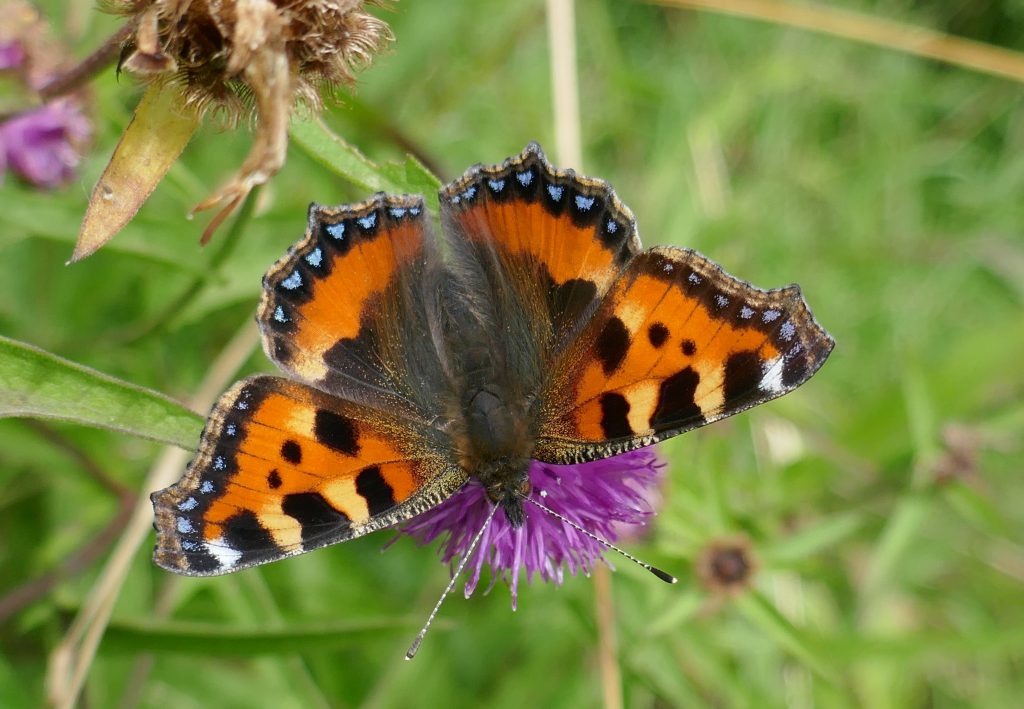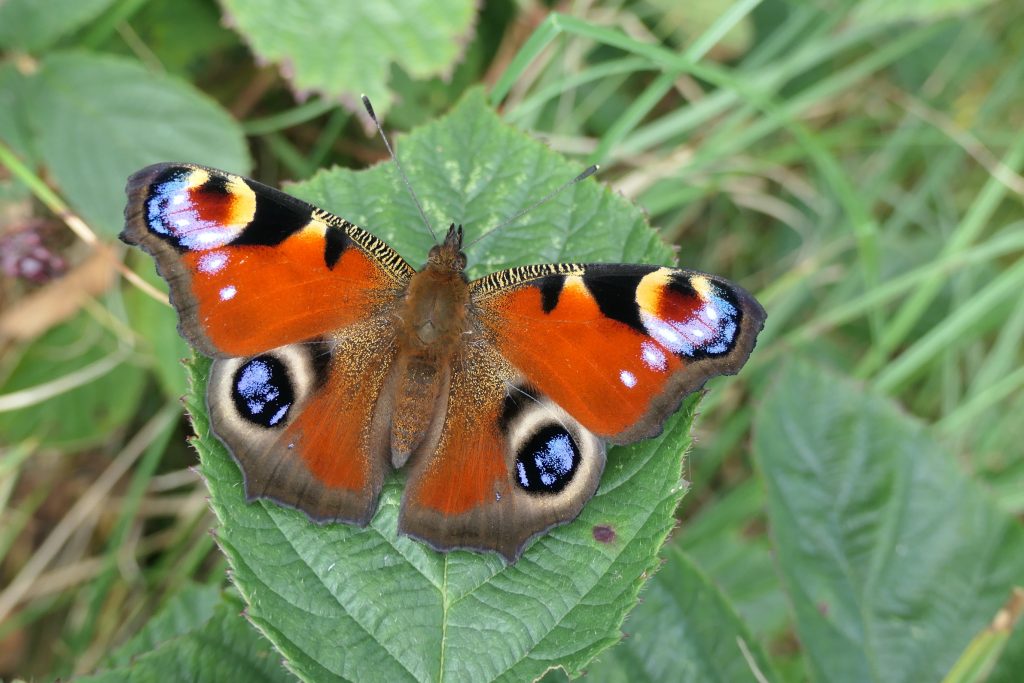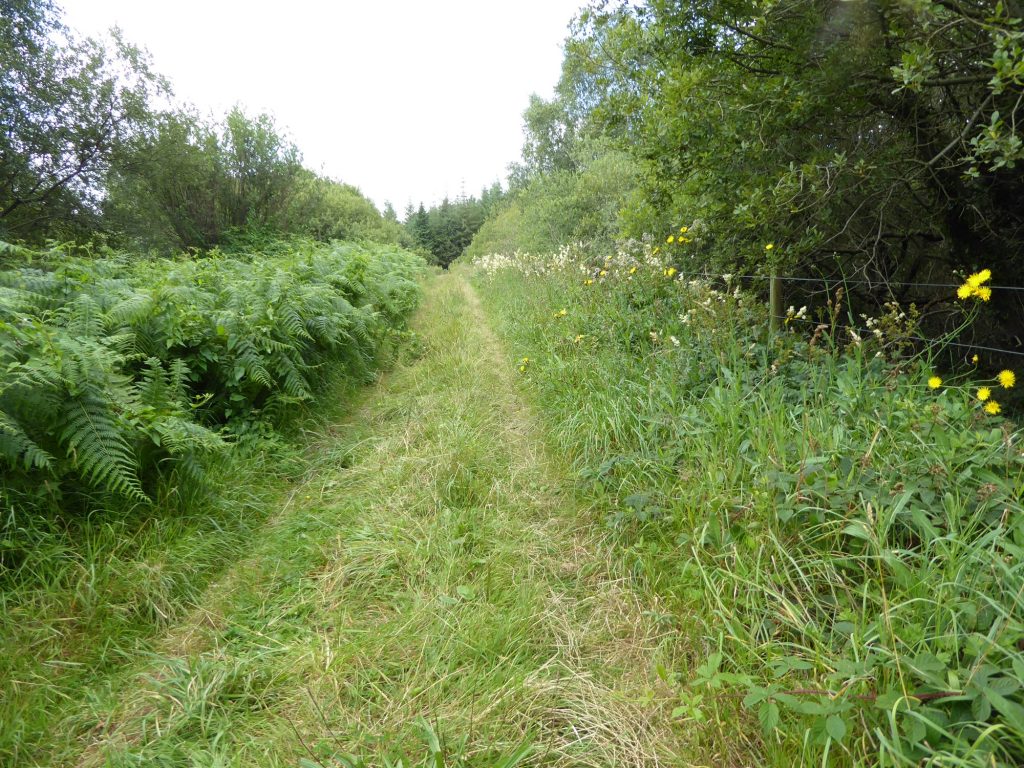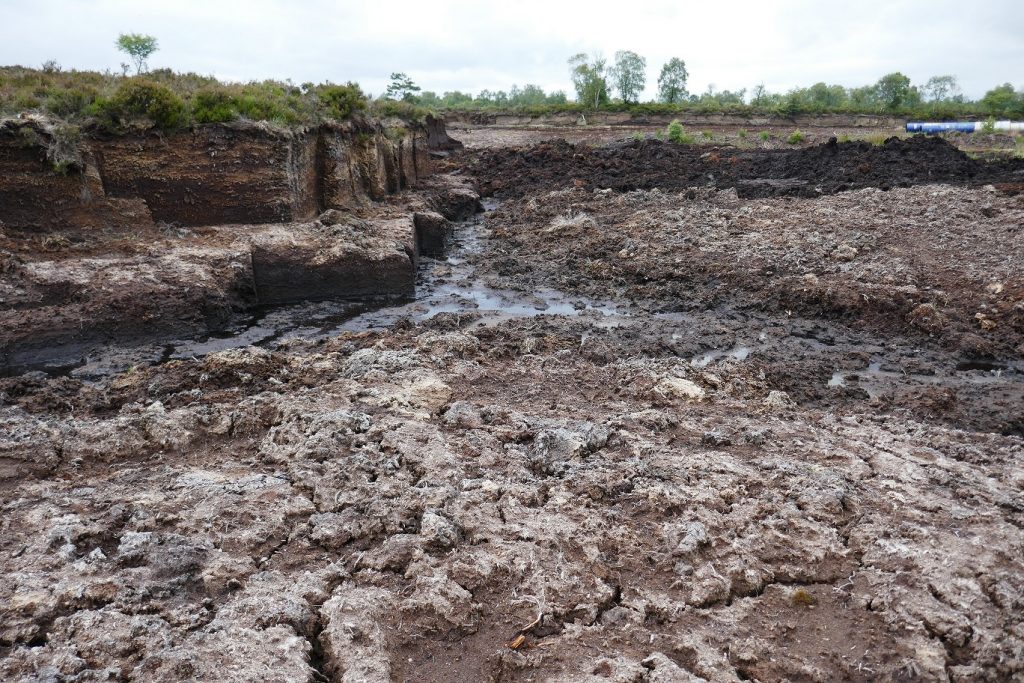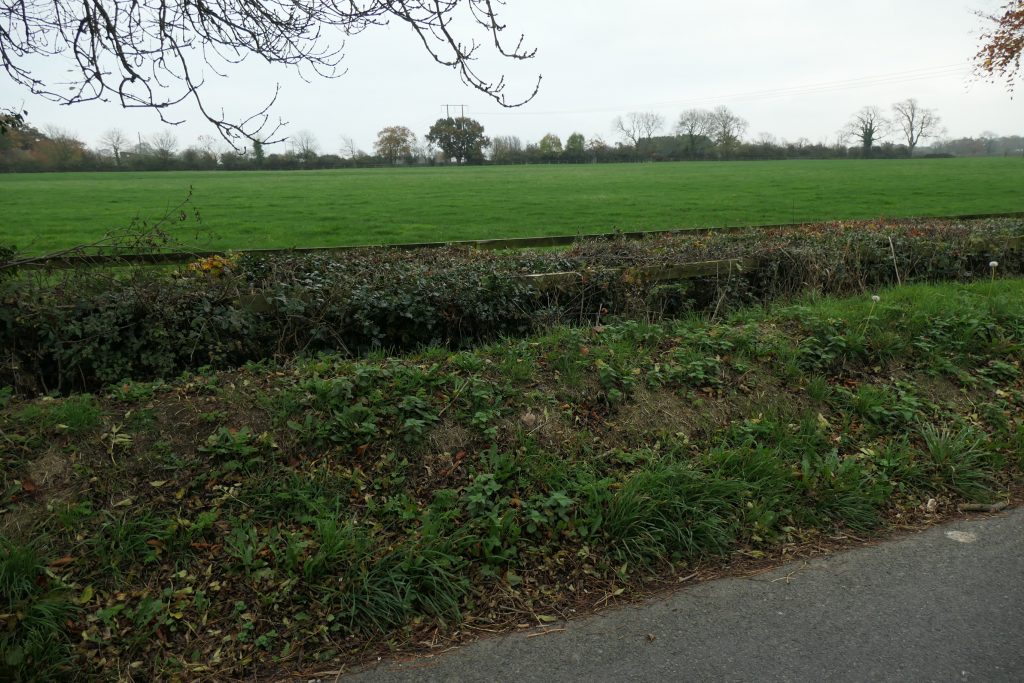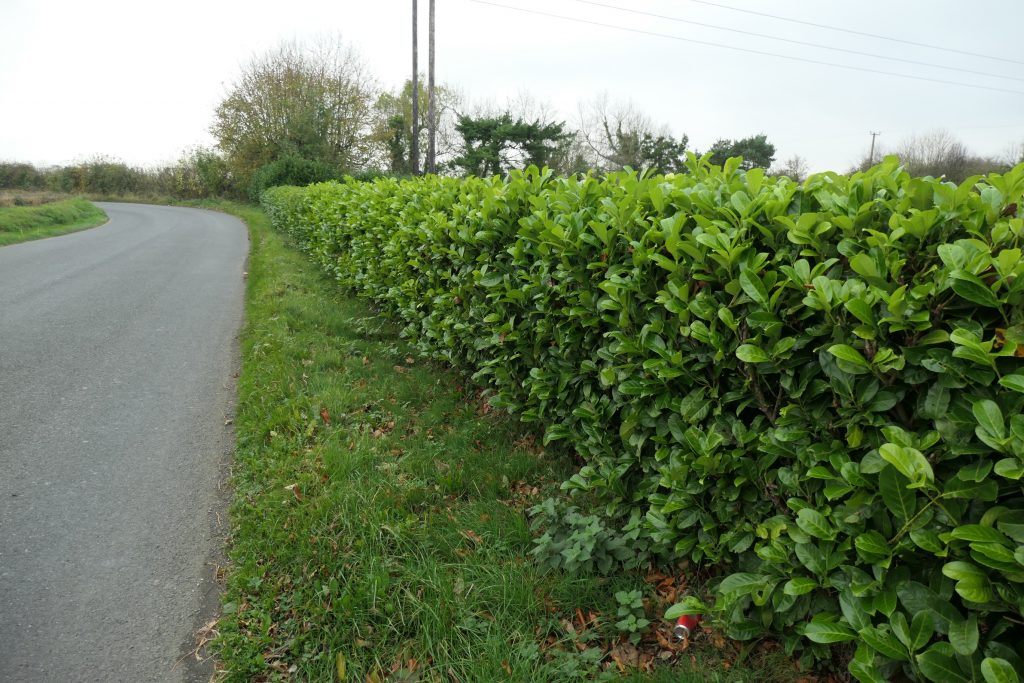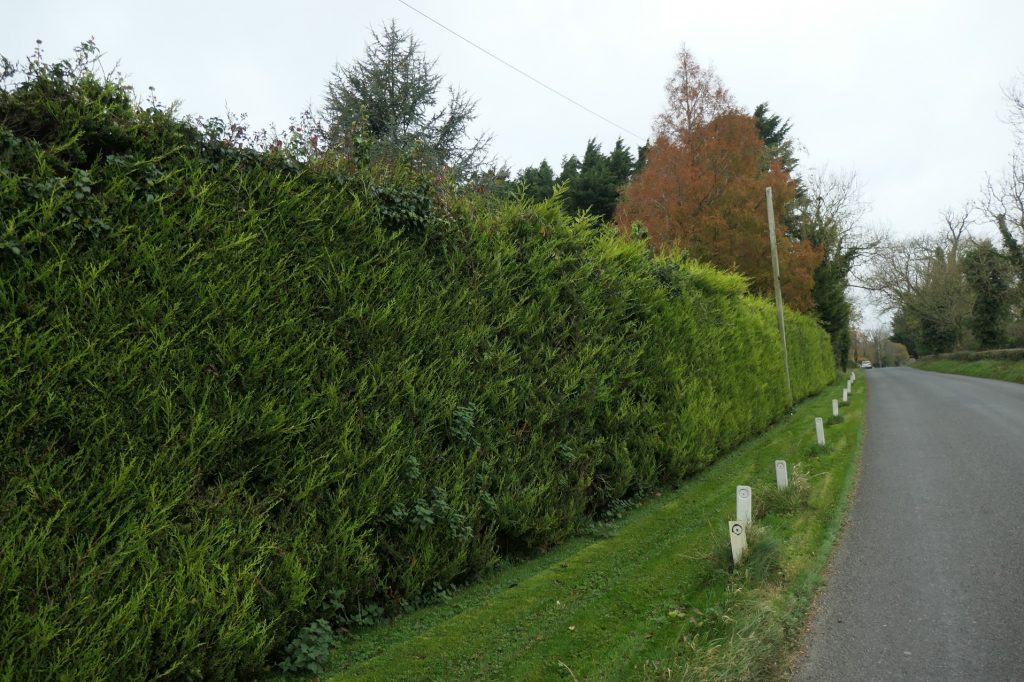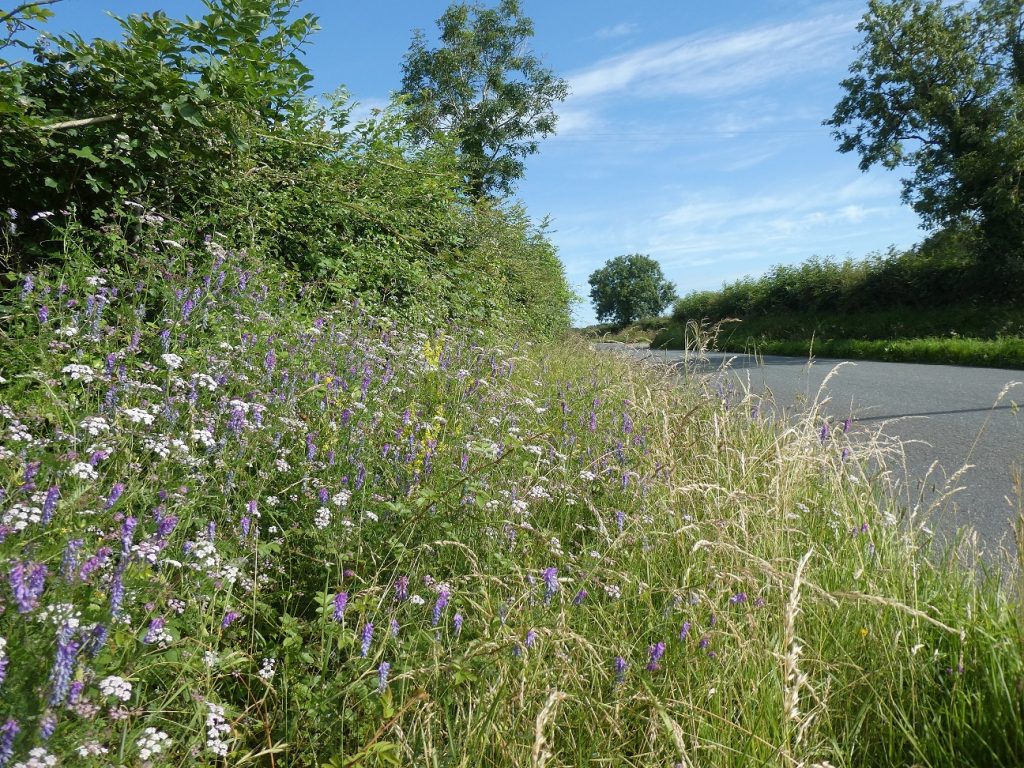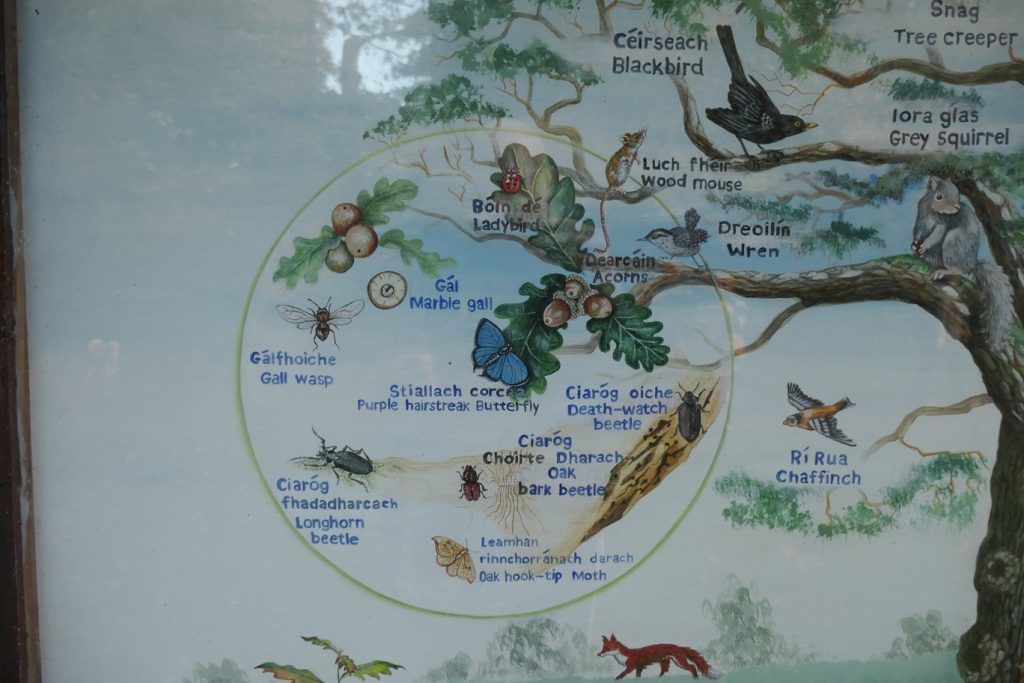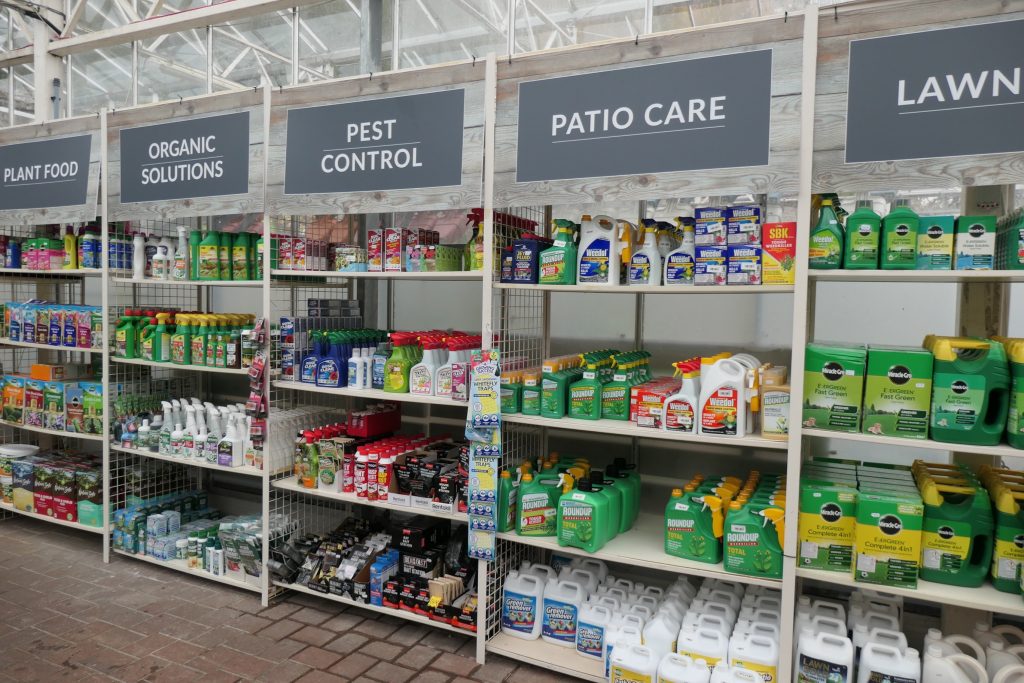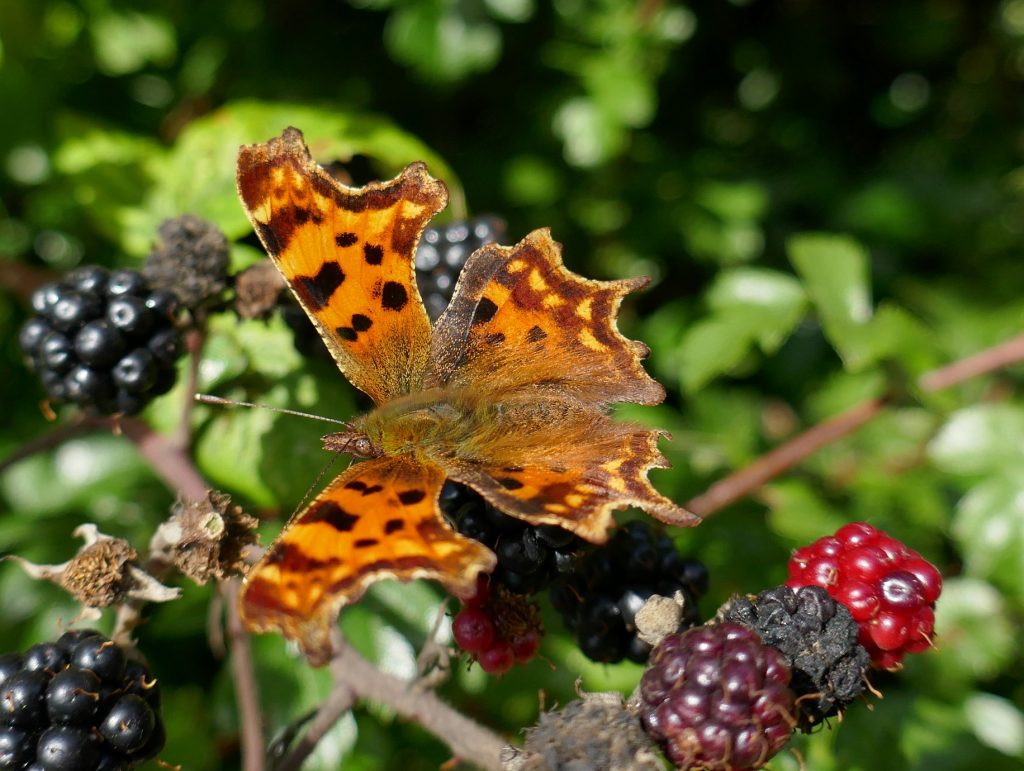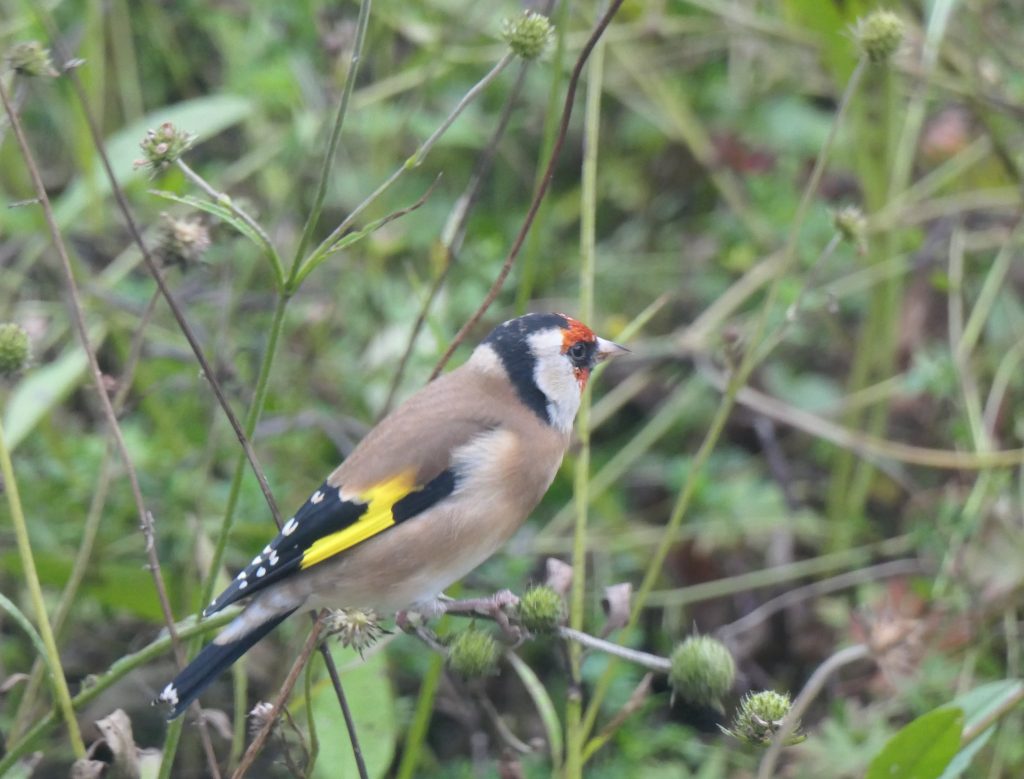On 1st November 2024, the Irish Government published its response to the recommendations of the Citizens’ Assembly on Biodiversity Loss. This was done just before the General Election was called. The statement concerning the report can be found here:
https://www.npws.ie/news/government-publishes-response-recommendations-citizens%E2%80%99-assembly-biodiversity-loss
It claims:
Over 90% of recommendations are ‘In progress’ or ‘Implemented’
Work will continue across Government to address gaps, including through the forthcoming national Nature Restoration Plan
Report also includes responses to the ‘Calls to Action’ from the Children and Young People’s Assembly on Biodiversity Loss
The report can be read here:
The government states that the National Biodiversity Action Plan was assessed by the Worldwide Fund for Nature and “was found to be the best in Europe and one of the best in the world.”
These are the Government’s claims. Do these withstand scrutiny?
What does the Worldwide Fund for Nature say about Ireland’s National Biodiversity Action Plan?
First, a definition: the Worldwide Fund for Nature references the Global Biodiversity Framework (GBF) when assessing National Biodiversity Action Plans.
In 2022, 196 countries agreed to halt and reverse biodiversity loss by 2030 under the Kunming-Montreal Global Biodiversity Framework. This is a historic deal for nature and a breakthrough for conserving and restoring biodiversity and ensuring its sustainable use. The GBF contains four goals and 23 targets. One goal is to
Substantially increase the area of natural ecosystems by maintaining, enhancing or restoring the integrity, connectivity and resilience of all ecosystems. Reduce by tenfold the extinction rate and risk of all species and increase the abundance of native wild species. Maintain the genetic diversity of wild and domesticated species and safeguard their adaptive potential.
The Worldwide Fund for Nature is highly complimentary about Ireland’s 4th National Biodiversity Action Plan (NBSAP). It notes that the Plan addresses all the targets of the GBF. These can be read in Appendix I of the Plan. Targets, clear actions and success indicators are stated.
However, the Fund notes problems too. Areas lacking include no specific plans within the NBSAP to reduce the footprint of consumption within Ireland other than what is already in place (GBF Target 16); plans to address harmful incentives (GBF Target 18) do not go further than committing to implement a financial tracking system. Overall, financing commitments and actions are weak. GBF Target 18 calls for the Governments to
eliminate, phase out or reform incentives: incentives, including subsidies, harmful for biodiversity, in a proportionate, just, fair, effective and equitable way by 2030, starting with the most harmful incentives, and scale up positive incentives for the conservation and sustainable use of biodiversity.
(Source: https://www.cbd.int/gbf/targets/18)
In the matter of financing the 4th National Biodiversity Action Plan (NBSAP), the Worldwide Fund for Nature states:
In terms of financing, 3 billion euros have been allocated in Ireland’s 2024 Budget to an Infrastructure, Climate and Nature Fund which may include support for the delivery of the NBSAP but it is unclear how much will be dedicated to the NBSAP or to which action plans. The process to develop a National Biodiversity Finance Plan dedicated to NBSAP execution is underway which may yield more resources.
The 4th National Biodiversity Action Plan is in place, but will it be implemented? And how well will it work?
Since this Government took office in 2020, some positive initiatives have been implemented. The state has ceased destroying peat bogs in its ownership and has re-wet a minority of the peatlands held by Bord na Móna. Coillte (state forestry service) is also restoring some peatland. However, a negative lies in the failure to implement Recommendation 117 of the Citizen’s Assembly on Biodiversity Loss which provides:
All enterprise involved in the harnessing of renewable energy from or on all peatland must have a strict biodiversity net gain clause attached to their development permission and must be responsible for the ongoing and future management and enhancement of the biodiversity of their sites.
The result is likely to be the destruction of habitats and ongoing biodiversity loss from these peatland sites. The document provides no reason for this decision. Recommendation 50 of the Citizen’s Assembly on Biodiversity Loss is to
stop the use of harmful chemicals and pesticides. This would include: – Preventing people from spraying plants with pesticides and chemicals, and making sure farmers do not spread chemicals on the roads
This recommendation is not being implemented.
Of the 159 Recommendations of the Citizens Assembly on Biodiversity Loss, 134 (84.3%) are considered by the Government to be in progress, 15 (9.4%) are being implemented and 10 (6.3%) are not being implemented.
A huge amount of work has not been completed. Some of the targets in the National Biodiversity Action Plan, such as the notification of Annex habitats and species listed on the EU Habitats and Birds Directives and the development of management plans for Special Areas of Conservation should have been completed decades ago. The National Peatland Strategy 2015-2025 has missed important deadlines for the completion of actions. It is doubtful that some of these will be completed. Ireland remains without a national park holding a single raised bog, a priority habitat.
A complete review of the Government’s claims and progress is impossible here, but let’s look at some problems.
The Eurasian Curlew might cease breeding in Ireland. Its farmland and bogland breeding areas have mostly been destroyed. The Lapwing is in deep trouble for similar reasons.
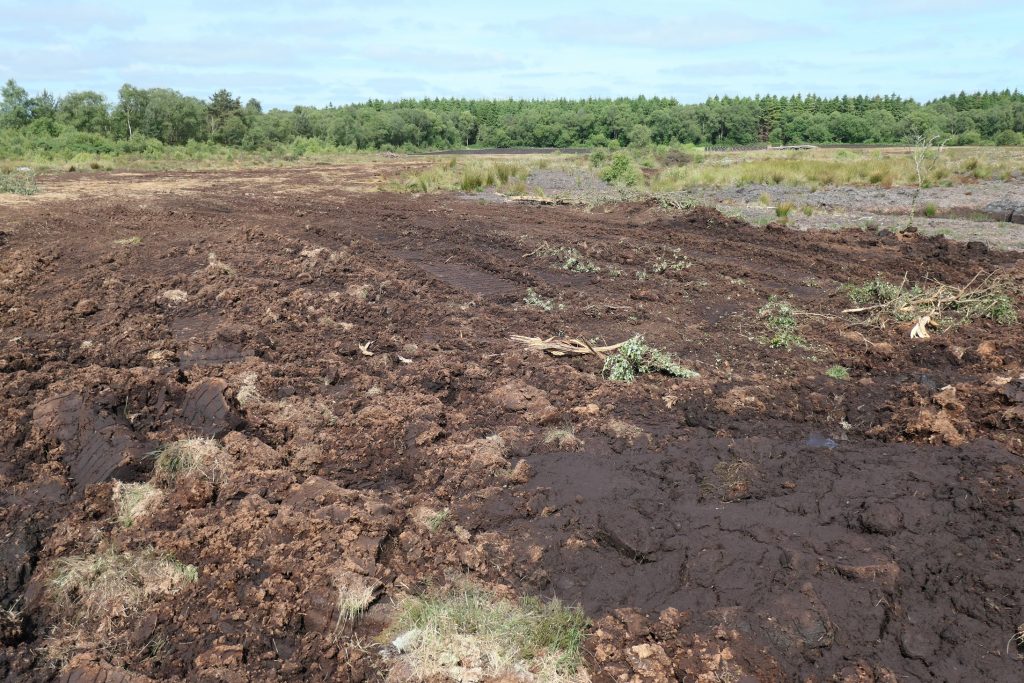
The 2024 Irish Butterfly Monitoring Scheme report (which covers the 2023 flight season) contains stark news.
No resident butterfly species showed an increase in population size compared to 2008. During 2008-2023, four of our butterflies experienced a ‘strong decline’ and eight experienced a ‘moderate decline’. Two are regarded as stable while seven are rated ‘uncertain.’ Just one butterfly, the migrant Red Admiral, showed an increase. (Source: Judge, M and Lysaght, L. (2024). The Irish Butterfly Monitoring Scheme Newsletter, Issue 16. National Biodiversity Data Centre).
Next year’s report will show even bigger declines, owing to the poor summer weather in 2023 and 2024, ongoing challenges of shrinking habitat, pollution and climate change. If we were to judge the Government’s success in dealing with biodiversity based on the population levels of our butterflies, we would deliver a failure verdict.
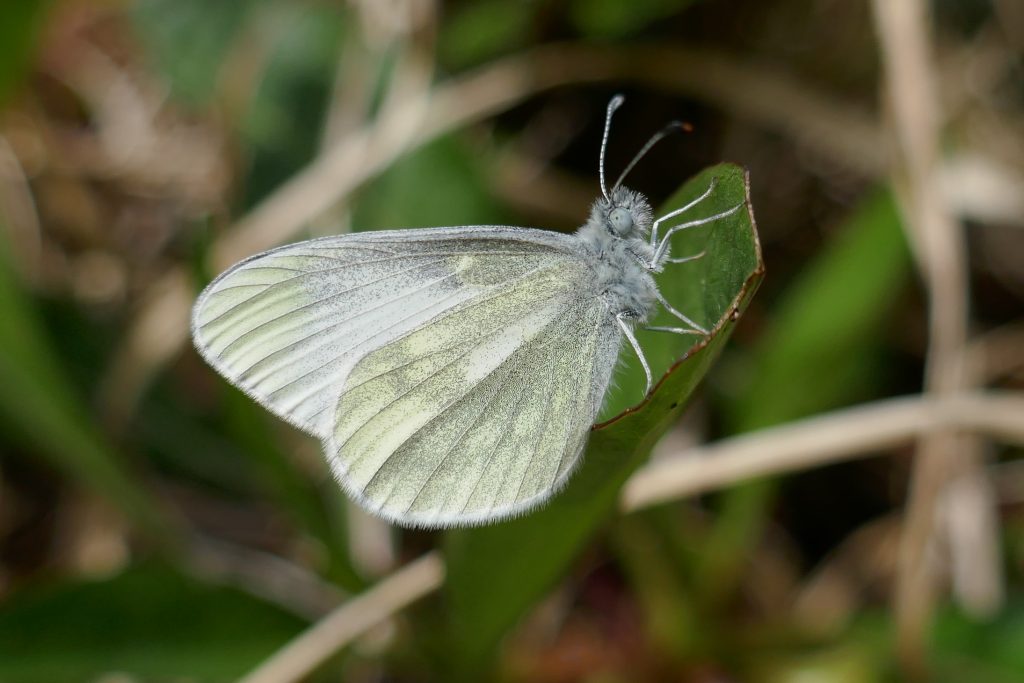
Between 2008 and 2023, a population decline of 60% was recorded for the Common Blue, Wood White agg. and Speckled Wood. The Green-veined White, probably our most widespread species, fell by 82%.
You might ask the politicians and canvassers why so many of our landscapes cannot support abundant populations of once-common butterflies, birds, flowers and bees. Ask why Ireland insists on destroying biodiversity by clinging to its derogation from the Nitrates Directive and continues to use poisons and pollutants to grow food.
How many Small Tortoiseshell butterflies did you see in 2024? If common butterflies with no special requirements no longer thrive, the Government cannot claim success in protecting nature.
